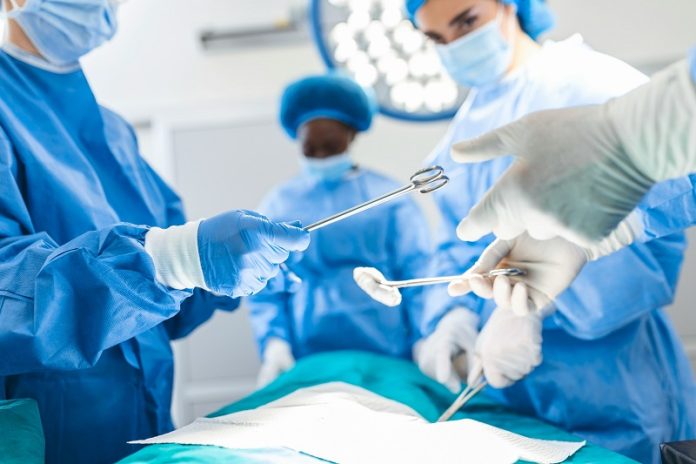
Researchers in Ireland have developed a promising new 3D-printed implant that may help repair spinal cord injuries by delivering gentle electrical stimulation to damaged nerves.
The new approach, created by a team at RCSI University of Medicine and Health Sciences, could eventually lead to new treatments for people living with paralysis, chronic pain, and other complications caused by spinal cord injuries.
Spinal cord injuries can be life-changing, often leading to a permanent loss of movement or feeling.
In Ireland alone, over 2,300 people are living with the effects of such injuries. Unfortunately, current treatments are limited, and there is no known way to fully repair damaged nerves.
However, scientists have discovered that electrical stimulation can encourage nerve cells, or neurons, to regrow.
Professor Fergal O’Brien, who leads the RCSI Tissue Engineering Research Group, says that their team has been working on developing special materials that can carry electrical signals through the injury site.
These materials are designed to help the body heal by guiding electrical stimulation to where it’s needed most.
The team worked closely with experts from the AMBER research center, combining the knowledge of engineers, biologists, and material scientists.
They used ultra-thin materials originally developed for batteries and incorporated them into a soft gel using 3D printing technology. The final product is a flexible, mesh-like implant that resembles the human spinal cord and is able to conduct electricity to nearby cells.
When tested in the lab, this implant successfully delivered electrical signals to nerve and stem cells, helping them grow more effectively.
The researchers also found that adjusting how the tiny fibers inside the implant are arranged made it even more efficient at supporting cell growth.
Dr. Ian Woods, the lead author of the study, says these 3D-printed implants allow precise control over how electrical signals are delivered to damaged nerves.
He believes this method could lead to a new generation of medical devices not only for spinal cord injuries, but also for heart, bone, and brain conditions where electrical activity is important for healing.
The research team also partnered with the Irish Rugby Football Union Charitable Trust, which supports seriously injured players.
An advisory panel made up of injured athletes, doctors, scientists, and researchers gave regular feedback and helped the scientists better understand the real-life challenges faced by people with spinal injuries. Their input helped shape the direction of the study and ensured that the research stayed focused on the needs of patients.
Copyright © 2025 Knowridge Science Report. All rights reserved.



